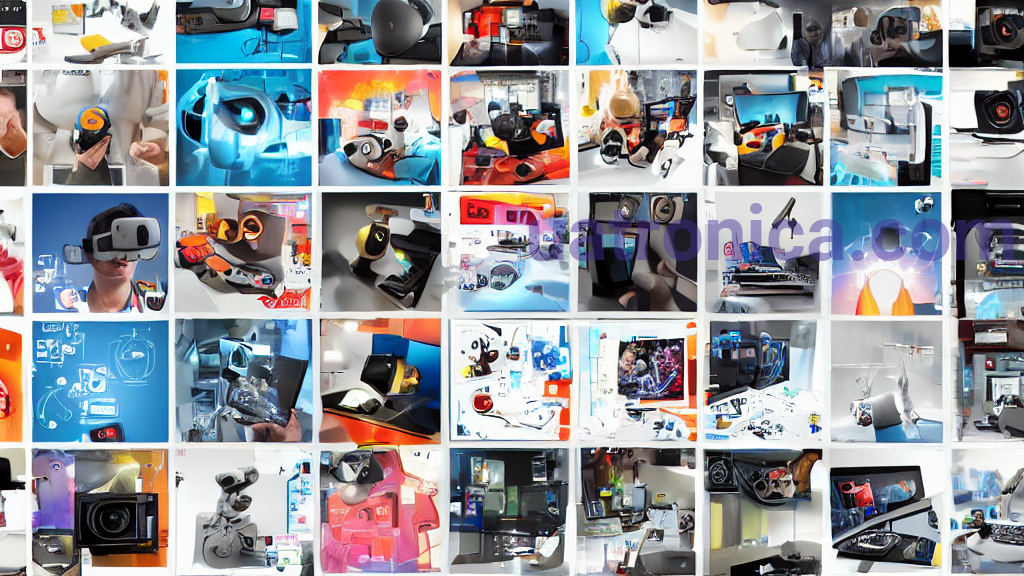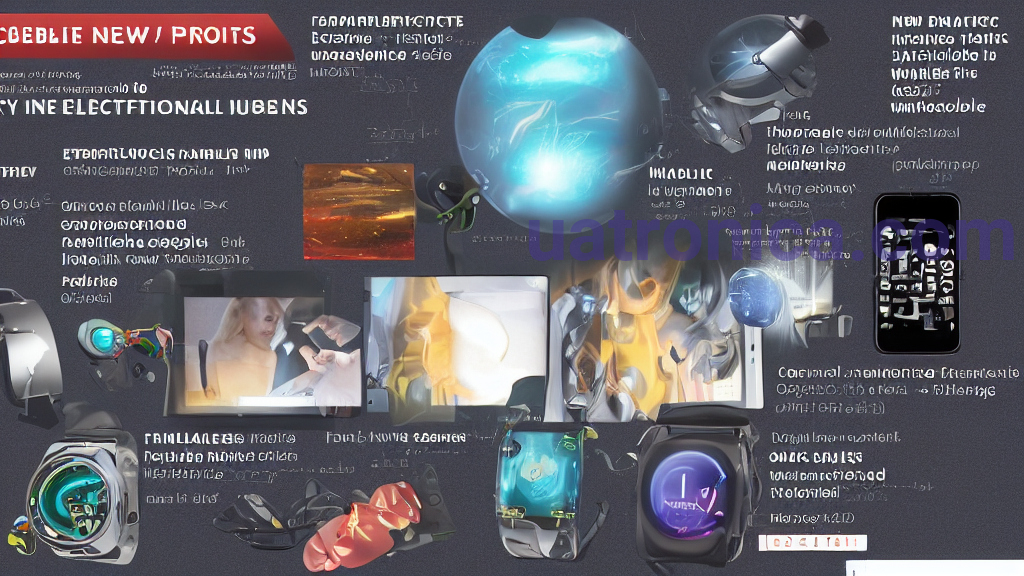html
9 Incredible Innovations in the Light of Modern Electronic Technologies
Introduction to Modern Electronic Innovations
Modern electronic innovations change our lives at every step, setting new paces of technology development in all spheres of activity. From artificial intelligence to smart home devices, these innovations are shaping our future. In this article we will consider 9 incredible innovations, which revolutionize our understanding of the world of electronics. From practical applications to business opportunities, these technologies are paving the way for a new digital future.
1. Internet of Things
The Internet of Things is a concept that allows objects to communicate with each other over the Internet. According to research, the number of connected devices could reach 75 billion by 2025. This technology brings convenience to our daily lives, forcing us to rethink how we use electronics.
The main areas of IoT include:
- Smart thermostats: Suitable for temperature control in houses.
- Smart refrigerators: Can track inventory and suggest purchases.
- Security systems with remote control: Allows you to monitor security from anywhere in the world.
Example: a smart thermostat Nest, which learns from the user's habits, can reduce the energy costs of the 15%.
2. Artificial Intelligence in Programming
Artificial intelligence (AI) is becoming an important part of programming and technology. According to the data McKinsey, by 2030 AI technologies could contribute $13 trillion to global GDP. Companies are actively integrating AI into their designs to improve operational efficiency and reduce costs.
AI affects:
- Optimization of processes: Reduction of task execution time.
- Big data analysis: Obtaining practical conclusions from huge arrays of information.
- Automation of routine tasks: Allows you to focus on strategic tasks.

3. Augmented Reality and Virtual Reality
AR and VR technologies are gaining popularity not only in games, but also in education, medicine and business. They provide new methods of interaction with information and allow creating intuitive interfaces for users.
| Technology | Using | Advantages |
|---|---|---|
| AR | Educational programs | Improved perception of the material |
| VR | Medical simulations | Safe training for doctors |
4. 5G Technology
The deployment of the 5G network opens up new opportunities for mobile devices, providing data transfer speeds of up to 10 Gbit/s. This means not only more powerful applications, but also more bandwidth for connected devices, which could revolutionize how we interact with technology.
The main advantages of 5G:
- Significantly reduced data latency.
- Increased convenience for users.
- Improved service in congested traffic conditions.
5. Systems on a Chip
A system on a chip (SoC) integrates all electronic components on a single board, reducing size and power consumption. This is important for mobile devices where compactness requirements are critical. Product as PBS-9R-DS1024, is a vivid example of the performance of this approach, which is used in modern gadgets.
6. Nanotechnology in Electronics
Nanotechnology is radically changing electronic components, making them smaller, lighter and more energy efficient. Thanks to nanotechnology, it is possible to create new devices capable of performing more complex tasks with lower energy consumption. This could significantly change approaches to technological development and lead to new discoveries in fields such as medicine and robotics.
Main aspects of nanotechnology:
- Nanoconductors: Data transfer speed at a new level.
- Nanoelectronic devices: High density of integration schemes.

7. Electronics on Flexible Materials
Flexible electronics are changing the way we approach technology design. The use of flexible materials opens up possibilities for new form factors in devices such as smart watches, wearable gadgets and even clothing items that can interact with the user.
Typical applications:
- Flexible displays for smartphones and tablets.
- Wearable health monitoring devices.
8. Blockchain in Electronic Technologies
Blockchain is not only a currency, but also the basis for creating safe and reliable systems for data storage and transactions. For example, blockchain-based technologies can be used in supply chain management to ensure transparency and data security.
- Financial services: Lower transaction costs.
- Supply chain management systems: Increasing transparency.
9. Metamaterials
Metamaterials have unique properties that are not found in nature, in particular, the ability to manipulate electromagnetic waves, opening new horizons in wireless communication and optics circuits. These properties enable new advances in telecommunications and inventions used to improve communication systems.
One of the examples of the use of metamaterials is the possibility of radically reducing the size of antennas and increasing their efficiency.
A key aspect of modern electronic innovation is the use of efficient electronic components, e.g. BZV85-C36, which meet the requirements of modern electronics. These components open up new horizons for developers and engineers.
Conclusion
In summary, we can say that modern electronic innovations not only contribute to the development of technologies, but also create new opportunities for creative application. Technologies such as IoT, AI, VR, and 5G have the potential to change the way we live and work. Follow the latest news in the field of electronic components on the site Uatronica and familiarize yourself with other interests in this field.










